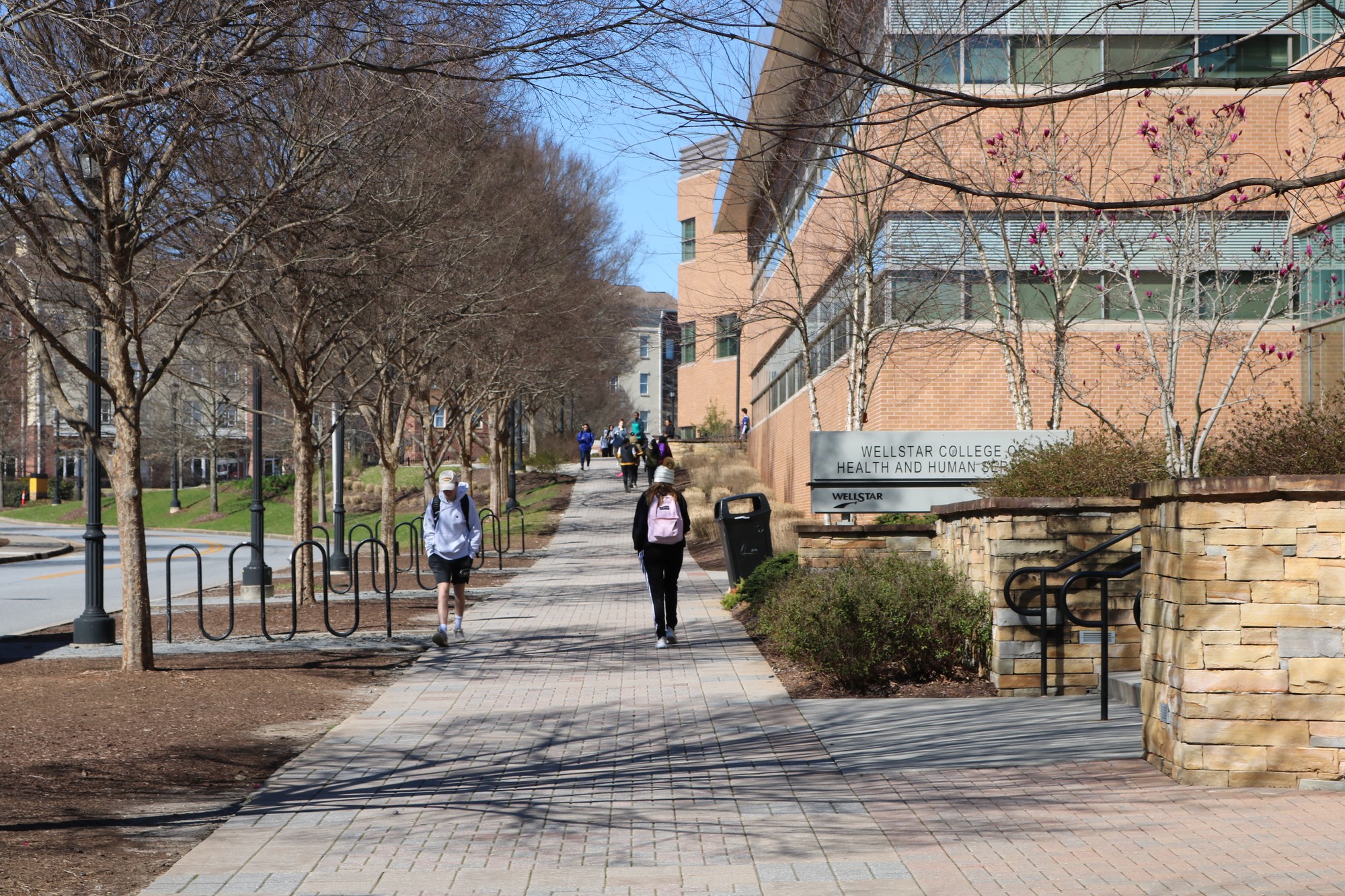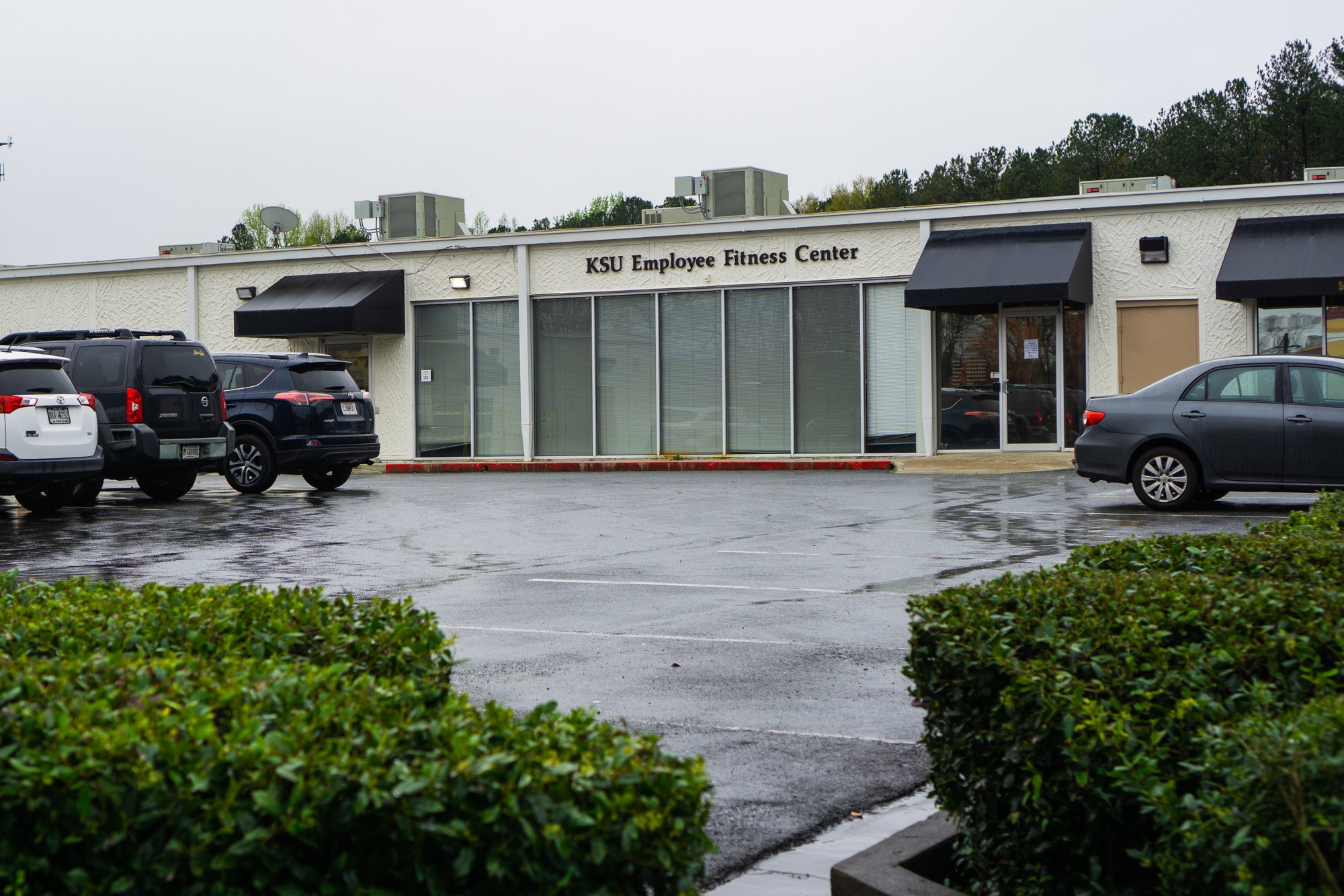Kaitlyn Lewis, Opinion Editor
I’ll admit it: one of the biggest factors that guided my decision in choosing to attend Kennesaw State University out of the other schools I applied to was money. So far, I’ve managed to avoid student loans by commuting from home and taking advantage of scholarships.
President Barack Obama wants to make community college free for those who have the grades and work ethic, as he declared last week in the 2015 State of the Union Address. He thinks doing so will allow more people to get a head start on their career and life goals.
While I encourage young people to find a way to get the most out of college with the least amount of debt, I do not think it is a good idea for the government to make community college free. Doing so would unnecessarily raise taxes on hardworking Americans and displace many young people who may need to pursue other post-secondary educational opportunities besides academia.
First of all, nothing is truly free. President Obama said in the State of the Union that he would have to raise taxes in order to accomplish his goal. Those who have already earned their degrees and are currently working on their careers, may still be working to pay off their student loans and will have to take on this extra tax burden.
I believe everyone should have equal opportunities to pursue their goals and dreams, but college is not meant for everyone. I know an adult learner student who works part at Kroger with me, takes care of her children, and studies diligently for her online classes. I agree with the President that people like her deserve opportunities to further their education, but not everyone is like her.
Instead of providing free community college, I believe the government should provide a wider range of post-secondary educational opportunities so that everyone can find his or her niche. According to the Bureau of Labor Statistics, 65.9 percent of high school seniors who graduated in 2013, were enrolled in a college in Oct. 2013. The remainder of these high school graduates were most likely in the workforce battling a 30.9 percent unemployment rate.
My high school teachers encouraged my classmates and me to go to college, but I learned that college wasn’t for everyone, because not everyone is academic. I watched our technical career classes dwindle away from our public high schools—classes like woodworking, welding, and baking that could give students hands-on experience in different fields.
If someone isn’t meant for academia, then free college is not worth the money. We should search for and invest our resources in other ways to provide cost-effective opportunities that will help hardworking people get ahead without unnecessarily burdening taxpayers.




